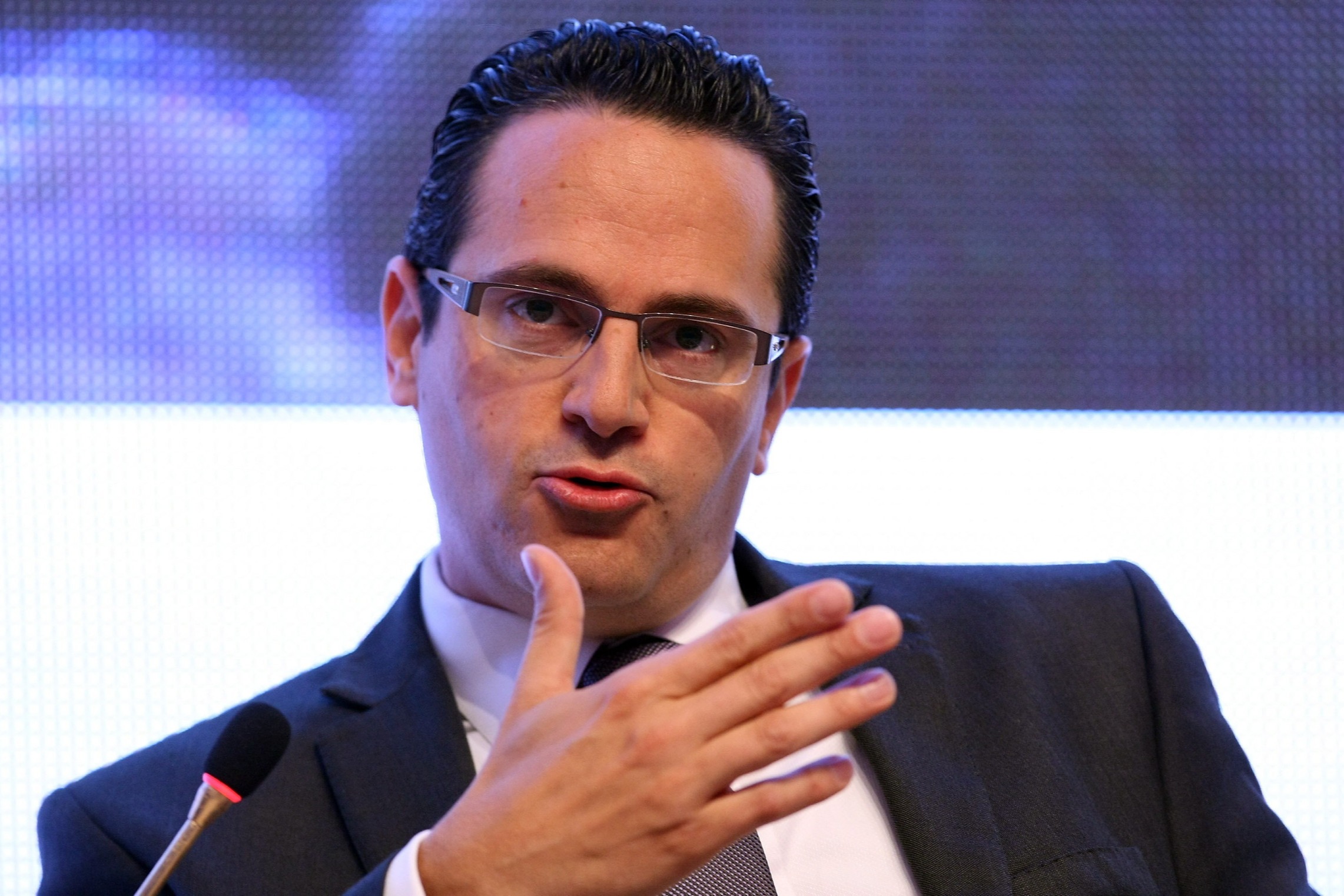Two of Europe’s biggest energy companies are stepping up efforts to open a potentially giant oilfield off the coast of Namibia in one of the clearest signs the industry is pursuing new fossil fuel resources.
UK-based Shell, which has drilled four exploration wells in the Atlantic Ocean off Namibia’s southern coast since 2021, received approval in June to drill 10 more. This year France’s TotalEnergies will spend $300mn — half of its global exploration budget — in the country.
If they succeed in identifying commercial volumes of oil, the southern African nation could become one of the world’s newest petrostates, just when global oil demand, according to some estimates, has started to decline due to the transition to cleaner sources of energy.
Both Shell and Total have plans to slowly cut their dependence on oil production to reduce their corporate emissions to net zero by 2050. Shell has already reduced its oil output by 25 per cent in the past three years and says it will maintain production at current levels until 2030.
But they also argue that the world will continue to consume significant volumes of oil until 2050, even as the supply of less-polluting energy sources increases, adding that new oilfields will be needed to meet demand even as it falls.
“Namibia continues to be a fantastic opportunity because it plays into the strength of our portfolio in deepwater [oil production],” Shell chief executive Wael Sawan told investors in July, although he added it was too early to judge how quickly the oilfields could be developed.

The expansion in activity in Namibia by both companies, which operate separate offshore projects, follows the drilling of several successful exploration wells in the past 18 months.
Total and its partners — QatarEnergy, Impact Oil and Gas and Namibia’s state-owned oil company Namcor — first announced the discovery of “significant light oil and associated gas” at the Venus site in February 2022.
This field has the most potential and is likely to hold more than 3bn barrels of oil, which would make it the eighth biggest oil discovery in the world since 2000 and the largest ever in sub-Saharan Africa, according to consultants Wood Mackenzie.
Although significantly smaller than Saudi Arabia’s Ghawar field, the largest in the world, holding more than 60bn barrels, the development of Venus alone would make Namibia a major oil producer.
Total has drilled an appraisal well on the Venus site and plans to run flow tests this month, with results expected in September.
“Our focus will be Namibia first,” Total chief executive Patrick Pouyanné said in July, adding “we have a lot of oil in place”.
Shell, which is also working with QatarEnergy and Namcor, has drilled three exploration wells, one appraisal well and has already conducted a successful flow test, which it said was the first in the country.
Oil exploration is a challenging and costly business that involves using geological knowledge and seismic imaging to guess what might be buried underground and then sinking expensive exploration wells to find out.
In Namibia’s case, the work is complicated by the location of the most promising areas: between 200km and 300km from the coast and in water depths of more than 2,000 metres.
“This clearly is pushing the boundaries of previous deepwater and ultra-deepwater developments,” said Ian Thom, upstream research director at Wood Mackenzie.
But the early results have raised speculation in the industry that the finds could rival the series of discoveries from 2015-18 in Guyana, which turned the tiny Latin American nation into a major producer.
“This is incredibly early stages but you can see the excitement,” Thom said. “The amount of focus that Shell and TotalEnergies are putting into Namibia, it is clear that they see enormous potential here.”
When privately held UK-based exploration group Impact entered Namibia in 2014, the number of failed wells meant the country was seen as a “graveyard” for oil exploration, said chief executive Siraj Ahmed. “A place where there’s no real potential for hydrocarbons.”
But Impact’s thesis was that over thousands of years, the Orange River that runs across Namibia and South Africa had dumped resource-rich sediment further into the Atlantic Ocean than had previously been explored.
Total acquired part of Impact’s licence in 2017 and was joined by QatarEnergy two years later. QatarEnergy did not respond to a request for comment.
Although oil executives caution that it is too soon to predict whether the fields will be developed or how much revenue they might generate, the initial finds have raised Namibian hopes of a future economic windfall that could help further develop the country.

Namibia, with its small population of 2.5mn, has a GDP per capita of about $5,000, similar to Indonesia and Mongolia, but also one of the world’s most unequal societies, second only to South Africa, according to the World Bank.
Namibia’s oil ministry and representatives of Namcor were not available for comment.
International companies have mined diamonds and uranium in Namibia for decades but there is no history of oil production.
Successful development of the offshore fields would require the building of an entire new industry, as it did in Mozambique on Africa’s east cost, where Total has led a fraught attempt to develop a giant offshore gasfield since 2010. The French energy major suspended operations in 2021 after attacks by Islamist insurgents.
Given the time it may take to develop the Namibian fields — Shell has said it would not expect any oil from the country until after 2030 — there is a chance that oil demand could already be declining when the projects start to produce.
“There is a big risk of encouraging the initiation of an industry that, at least long term, is in secular decline,” said Michael Coffin, a former BP geologist who is now the head of oil, gas and mining at the think-tank Carbon Tracker. “That doesn’t seem like a great bet for the economic development of any country.”
The oil companies argue that demand will remain significant even as it declines, with potential developments such as Namibia offering opportunities to use advanced technology to produce oil with lower operational emissions.
“Whatever scenario you look at, it’s very clear that, even in 2050, oil and gas will remain a key part of our energy mix,” said Impact’s Ahmed.
However, operational emissions only make up 15 per cent of the carbon emissions associated with a barrel of oil; the rest is produced when it is burnt.
“The elephant in the room is that projects like Namibia might have lower emissions intensity, but you’re still adding a lot of barrels that will get combusted and increase atmospheric CO₂,” said Coffin. “If they’re sanctioned to go ahead, it’s unlikely that some existing production somewhere else would shut earlier.”



